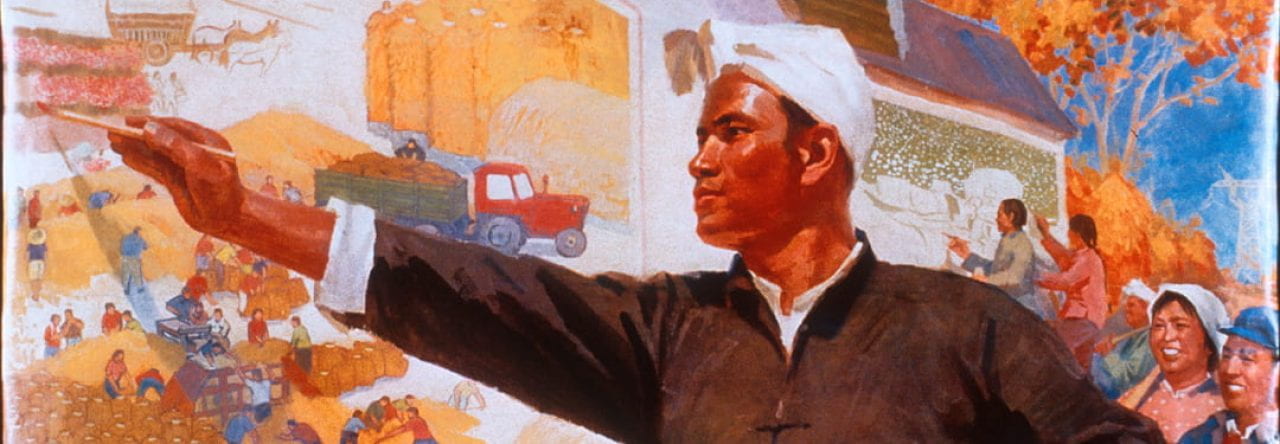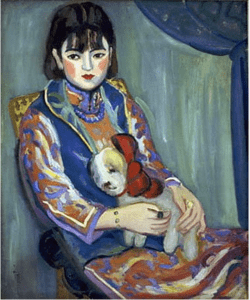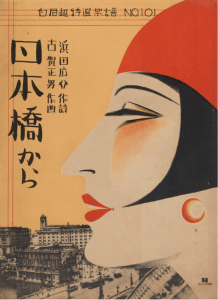In the early 1900s, females were restricted to the “stereotypes and cliches” but little sense of self (Weidner, 1988). After the May Fourth Movement in 1919, with the acceptance of western ideas and the attemptence of learning from western, women got greater opportunities for education. The awareness of their rights and social roles “were now less restricted by traditional Chinese ethics” (Ng, 2019). Moreover, “women questions” (funu wenti 妇女问题) were brought out and “manipulated by divergent factions” (D.E. 2021). The equality of women and men was promoted and treated “as a component of the socialist state to be realized through revolution” (D.E. 2021). In 1929, shenbao, one of the most popular and foremost commercial newspapers in modern China, herald “a special issue of The Ladies’ Journal (Funü zazhi 妇女杂志).” This represents not only the rise of female artists with the enormous influence contributed to the twentieth-century China’s art world, but also the formation and explosion of the female’s sense of self.
In my exhibition, I want to explore the theme of female identity through female artists during the 1920s to 1930s, mainly focusing on Pan Yuliang. I will focus on her life experiences and her works to illustrate the awakening of female identity during modern China.
Pan Yuliang was born in Yangzhou, Jiangsu, China in 1895, sold to her uncle after the early passing of her parents. Her second marriage with Pan Zanhua brought her freedom. Her husband helped and sponsored her education. She studied in Shanghai Art School in 1919 (Teo 2016). She later went abroad to Europe (Paris and Italy) in 1921 for further art studies. She was also one of the first Chinese students who studied art in France. Pan’s paintings of female figures “were among the most provocative in modern China” (Ng, 2019).
Another artist I want to briefly mention is Guan Zilan, who was born in Shanghai, China in 1903. She went abroad to Japan at Bunka Gakuin in Tokyo after her graduation at the China Art University in 1927. She was greatly influenced by Henri Matisse’s Fauvism (“the style of les Fauves, French for “the wild beasts”, which was emphasized by the “painterly qualities and strong color”) and returned to Shanghai in 1930. She became one of the first artists to bring Fauvism to China.
Both of these two artists went abroad to study painting and were known for applying western painting style to Chinese traditional subjects. The famous paintings of these two painters were both influenced by the western painting style: Fauvism (Matisse) and impressionism (cezanne).
Pan’s most significant art illustrations were manifested through her various representations of the female nude (Teo 2016, 57). Among all her earliest works, Dawn and Spring (Fig.1) were her most satisfactory, Pan indicated (Teo, 2016, 57). Her painting theme was all about women. In her works, nudes are often portrayed immersed in reading and music, indicating a sense of “intellectual absorption and self-containment” (Teo 2016, 61). Her paintings emphasized the beauty and peacefulness of the female body. Her works illustrate the embracement of the female body, without any shameful sentiments, but peaceful, confident, and joyfulness.

Fig.1: Pan Yuliang, Spring (Rong), 1930, oil on canvas. Reproduction from the 1934 catalogue Pan Yuliang Oil Painting Collection.
Reference:
- D E Gliem. “The Golden Key: Modern Women Artists and Gender Negotiations in Republican China (1911–1949).” Choice, vol. 59, no. 3, American Library Association dba CHOICE, 2021, pp. 445–46.
- Weidner, Marsha Smith. Views from Jade Terrace : Chinese Women Artists, 1300-1912. Indianapolis Museum of Art, 1988.
- Ng, Sandy. “The Art of Pan Yuliang: Fashioning the Self in Modern China.” Woman’s Art Journal 40, no. 1 (2019): 21–31.



